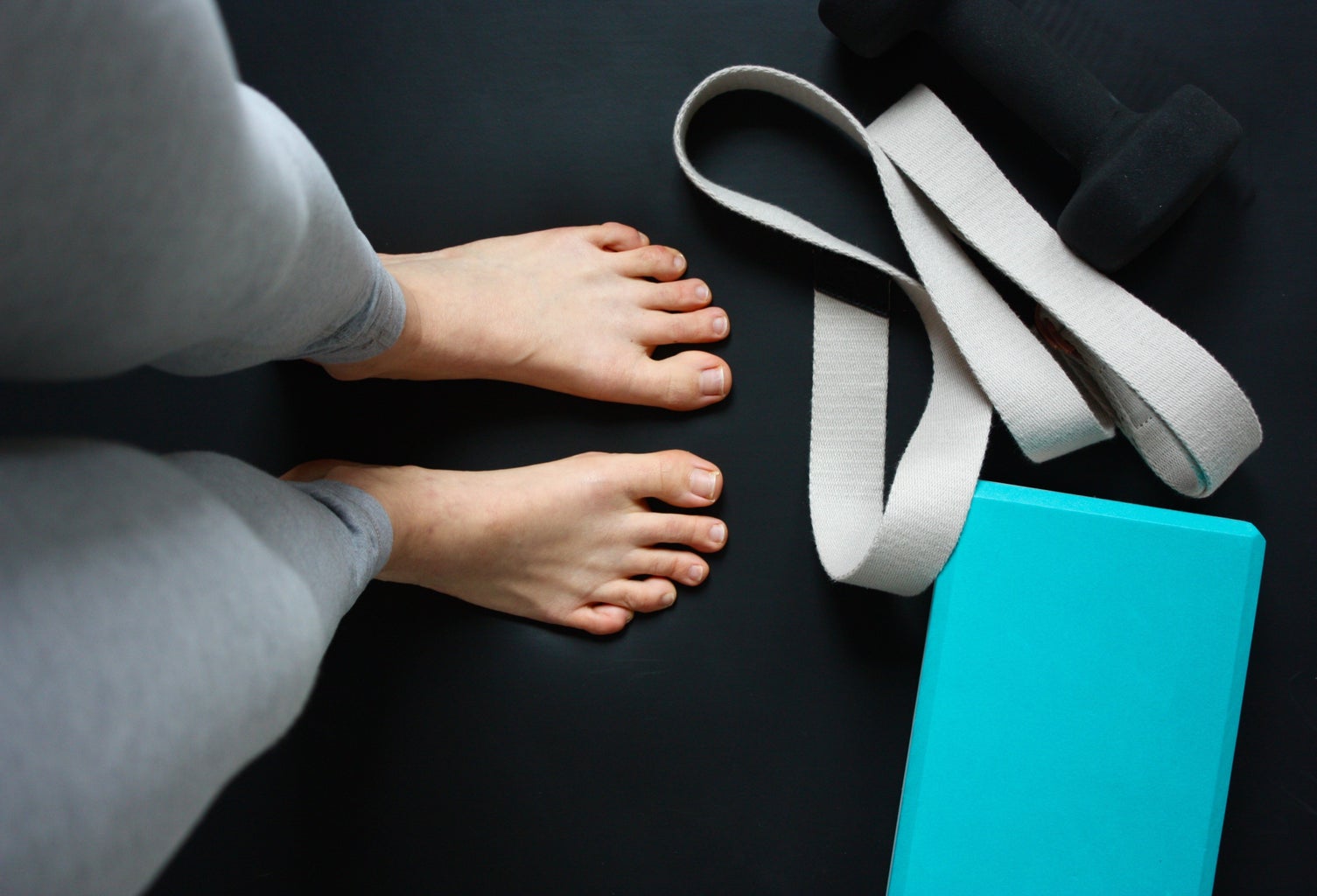By now, you definitely know about “That Girl.” She wakes up at 6:00 a.m. to do pilates and drink green juice. Her skin glows, she never has a hair out of place, and she is constantly rocking a matching set.
Even if you have never met “That Girl” in real life, you have definitely seen her on the internet. Whether it be in an aesthetic photo on Pinterest, or in a TikTok or YouTube video, “That Girl” has become synonymous with an aesthetically–pleasing lifestyle that seems to revolve around healthy living and self care.
In many ways, I think the “That Girl” lifestyle has many constructive elements. Namely, I think its emphasis on looking after one’s well-being sends a good message to those who originally align with it because of its aesthetic.
This is especially because it is so big on TikTok, where 39% of users are aged 18–24 (and presumably even younger); the trend’s focus on physical, emotional, and mental health helps remind viewers of the importance of taking care of themselves.
As far as physical health goes, “That Girl” influencers can often be seen going on Hot Girl Walks or taking a low–intensity workout class. I personally really appreciate this aspect of the trend because it promotes moving your body in any way that feels good to you, so long as you are doing it.
When we consider how much time we spend inside sitting and staring at a screen, any reminder to move your body is a good reminder.
I also really like that this lifestyle’s emphasis on health is not just limited to the physical. It emphasizes the necessity of overall wellbeing, which includes mental and emotional health. It frequently highlights practices like journaling, meditating, and even cleaning as ways to clear one’s head and recenter.
For everything I enjoy about “That Girl,” there are some aspects of the lifestyle that I take issue with. Now, let me make clear that none of these criticisms are directed at any one individual, but rather certain toxic ideas that the trend generates.
I think that for all the ways that the trend promotes well-being in its many forms, I do not think it is very accessible. In my opinion, it promotes the idea that wellness should look a certain way (see: pretty and aesthetic).

“That Girl” is both a trend and a lifestyle, which seems quite counterintuitive. If you’ve noticed, I’ve been using the words interchangeably throughout this piece to describe it, and that’s because I see “That Girl” as existing at the intersection of aesthetic and action.
While personal well-being is an important topic, “That Girl” presents it as though the way to achieve well-being is by looking and behaving a certain way –– or at least, it perpetuates the notion that looking and acting a certain way makes improving on well-being much easier.
Because “That Girl” influencers are closely tied to the “Clean Girl” aesthetic, in which they always look presentable and always have color-coordinated items, consuming their content feels like they are saying that being “aesthetic” is critical to achieving well-being.
Yet, this to me feels incredibly privileged. Not everyone can afford a matching Set Active workout set or a SoulCycle class. And with jobs, school, and other commitments and responsibilities, not everyone is able to spend thirty minutes journaling or cooking a gorgeous, healthy meal.
Also, self care is not always going to be aesthetic; I think only presenting it as such is harmful to the viewer. Sometimes, self care requires difficult introspection that may bring up some uncomfortable emotions, or sometimes just having the self–discipline to go to bed early even though all of your friends are going out.
I totally understand that for some people, making self care pretty is what motivates them to actually do it. Sometimes, this is even the case for me. But I think “That Girl” sometimes promotes a surface level version of wellbeing that exists more for the appearance than the effects.
As such, it is important that consumers of “That Girl” content take what they see with a grain of salt. They need to understand that what works for someone else may not work for them, and that is totally okay. In fact, that is normal! We are unique individuals, with different needs and wants, and therefore different courses of action for well-being.
Tl;dr: I think the emphasis “That Girl” puts on looking after all aspects of one’s well-being is positive, and a message that we oftentimes forget after spending all day inside staring at screens. Viewers of “That Girl” content just need to remember to take everything they see with a grain of salt, and adapt it to whatever works best for them.


